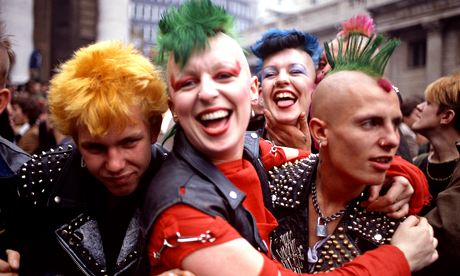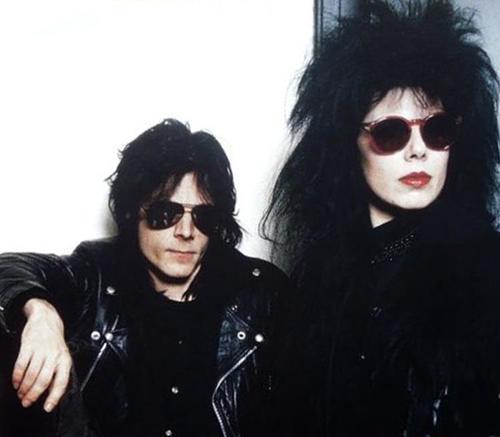 |
| Punks in 1983: probably teaching you English in 2014 |
Each movement has had its own associated look, musical style and even language terminology - as you'd probably expect from any community of practice - and an article by the excellent Alexis Petridis in today's Guardian* tells us all about relatively recent subcultures and some of the language associated with them.
 |
| Sisters of Mercy: none more goth |
If you're looking for material to help you with ENGA3 (or ENGB3) Language Change and the influences, processes and reasons for language changing, it's got plenty of examples. From a word formation angle, we've got compounds such as sea punk and haul girl, clippings such as emo and potential eponyms-in-the-making, Molly Soda. And from the angle of social change and technology driving language, there's lots to talk about in terms of the power of web-based media and different forms of prestige and influence.
*Thanks to Sally F for link

